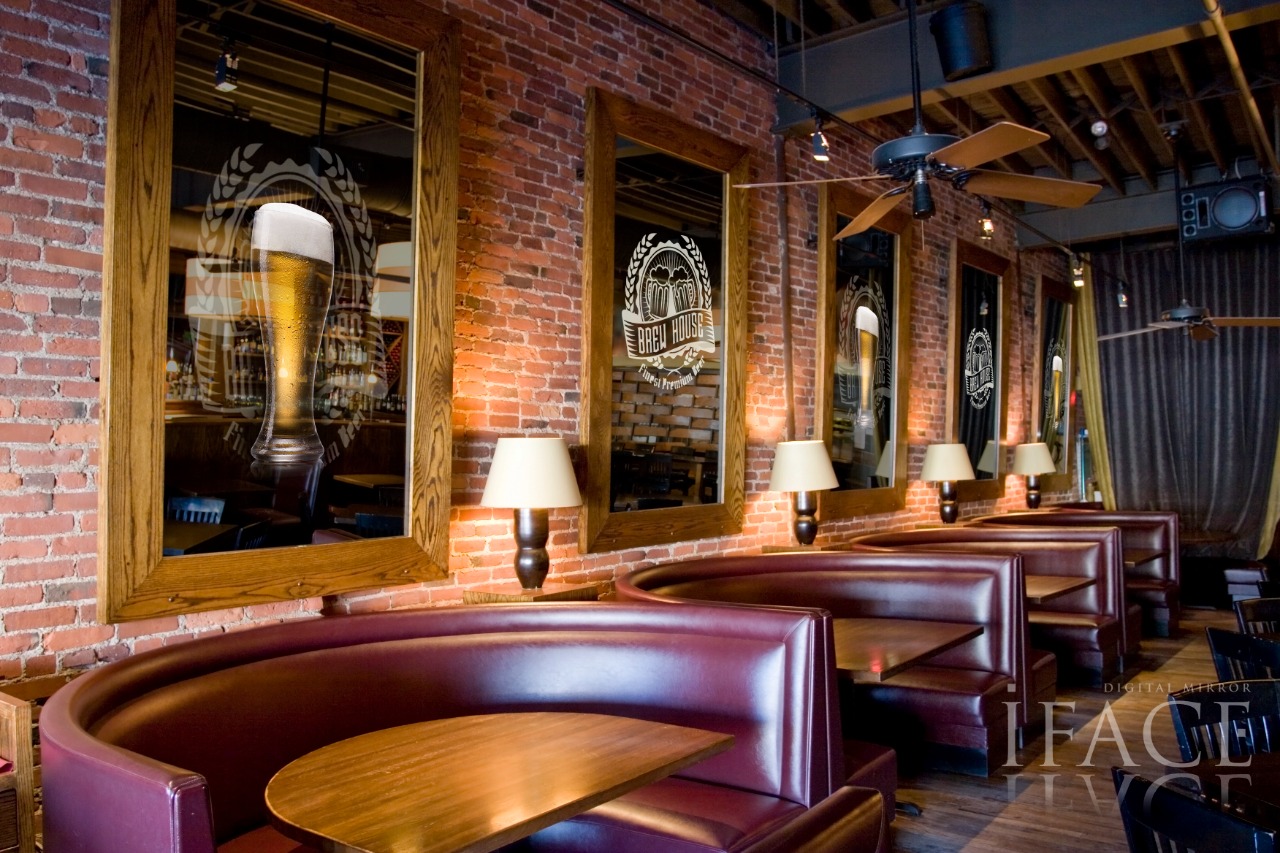Modern luxury brands advertising methods after Covid-19 pandemic from Jarábik Barbara: Marketing luxury brands can be a challenge, as there is often a fine line between creating an image of exclusivity and making the brand seem unattainable. So, what are the key components of a successful luxury marketing strategy? Here are ten tips that will help you reach luxury consumers without compromising your brand identity: Keep it simple. Luxury brands should avoid using too many words or complex images in their marketing materials. The goal is to convey a feeling of sophistication and exclusivity, not to overwhelm potential customers with information.

Don’t neglect customer service: When you step into a designer store like Burberry or Louis Vuitton, what’s the first question you’re often asked? “Would you like a glass of champagne or tea?” That’s how it’s done. Brands like these treat their customers like kings and queens. Offering champagne and having a lounge within stores also adds to the luxurious branding. It makes you feel like you’re in a completely different world. Loyalty and repeat purchases are huge components of a successful luxury business. Customers who come back to purchase new releases or existing products have very high average lifetime values. This is why you must treat them extremely highly and ensure they are 100% satisfied. As a matter of fact, 55% of consumers would pay to have a better customer service experience.
Email marketing is extremely effective for e-commerce marketing and increasing customer loyalty, as it provides the opportunity to educate consumers and tell them about new experiences or products offered by the brand. Harrods do an exceptional job with their email marketing campaigns, and are well worth subscribing to for email campaign inspiration. In the near future, talking about online and offline will be like talking about the benefits of our left leg vs. our right leg. Both are integral to the other. It seems that every few months Burberry are running a new online brand-awareness campaign, driving luxury shoppers into their stores. Once those customers are in the stores, they’re encouraged to take pictures, share content, watch live streams, and use in-store iPads.
There’s a reason Gucci doesn’t do infomercials for tiger print duffels. That Equinox doesn’t offer a discount for January first’s newly health-obsessed. That anthropomorphic Hamsters break dance in front of Kia Souls instead of Range Rovers. Advertising for luxury brands tends to focus on, well, luxury. The happiness they inspire. The quality. The sheer opulence that becomes a piece of one’s life when he or she buys free-range leave-in conditioner infused with dolphin tears, or an ornate bottle of some top-shelf botanical cordial. Whether you’re storyboarding a TV spot or building out an ad group in Google Ads (the artist formerly known as AdWords), your target audience needs to feel as though your product or service is a physical manifestation of luxury.

In fact, Chanel are one of the most ‘pinned’ brands on the social network, with over 1,244 pins of Chanel products pinned on the social network per day on average. This is made even more impressive when you consider that Chanel do not even have an account on Pinterest (it’s all driven by their advocates). A luxury brand that I came across who do an exceptional job of marketing themselves on Pinterest is 77 Diamonds in London. Their Pinterest profile is aspirational, educational, and strikes a great balance between not being too promotional, yet still raising awareness of 77 Diamond’s products. See additional info at Barbara Jarabik.
Digital signage mirrors are another way for luxury brands to advertise efficiently : The world digital signage mirrors market was valued at USD 780 million in 2021. The global market is expected to grow at a CAGR of 12.21% to hit USD 910 million by 2023. Digital signage mirrors can vastly increase individual efficiency by choosing outfits as per weather updates while also offering bus and train schedules (including traffic updates). Digital signage mirrors in smart homes, planes, commercial spaces, hotels, etc. are designed to be connected to users as well as with different devices around. Energy efficiency is one of the major advantages that will drive the adoption of digital signage mirrors.